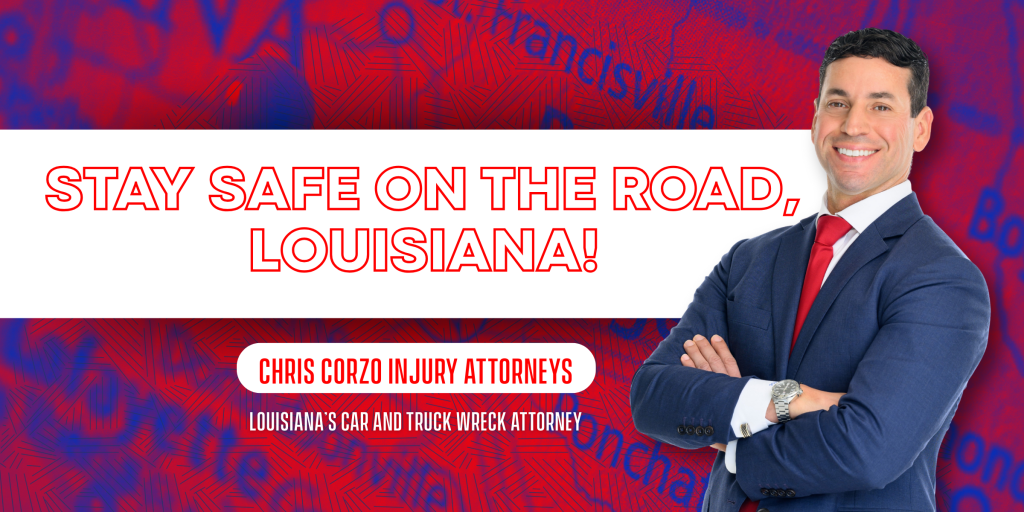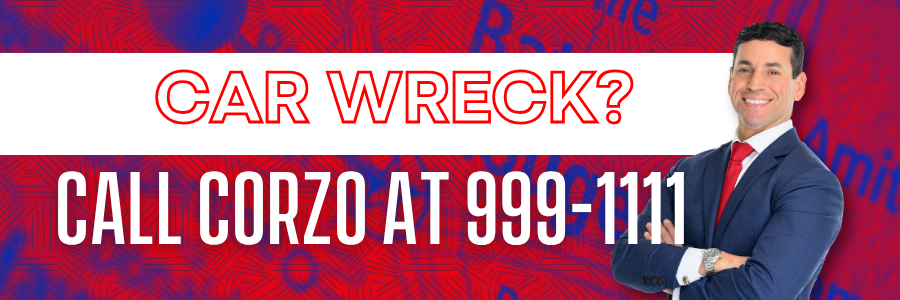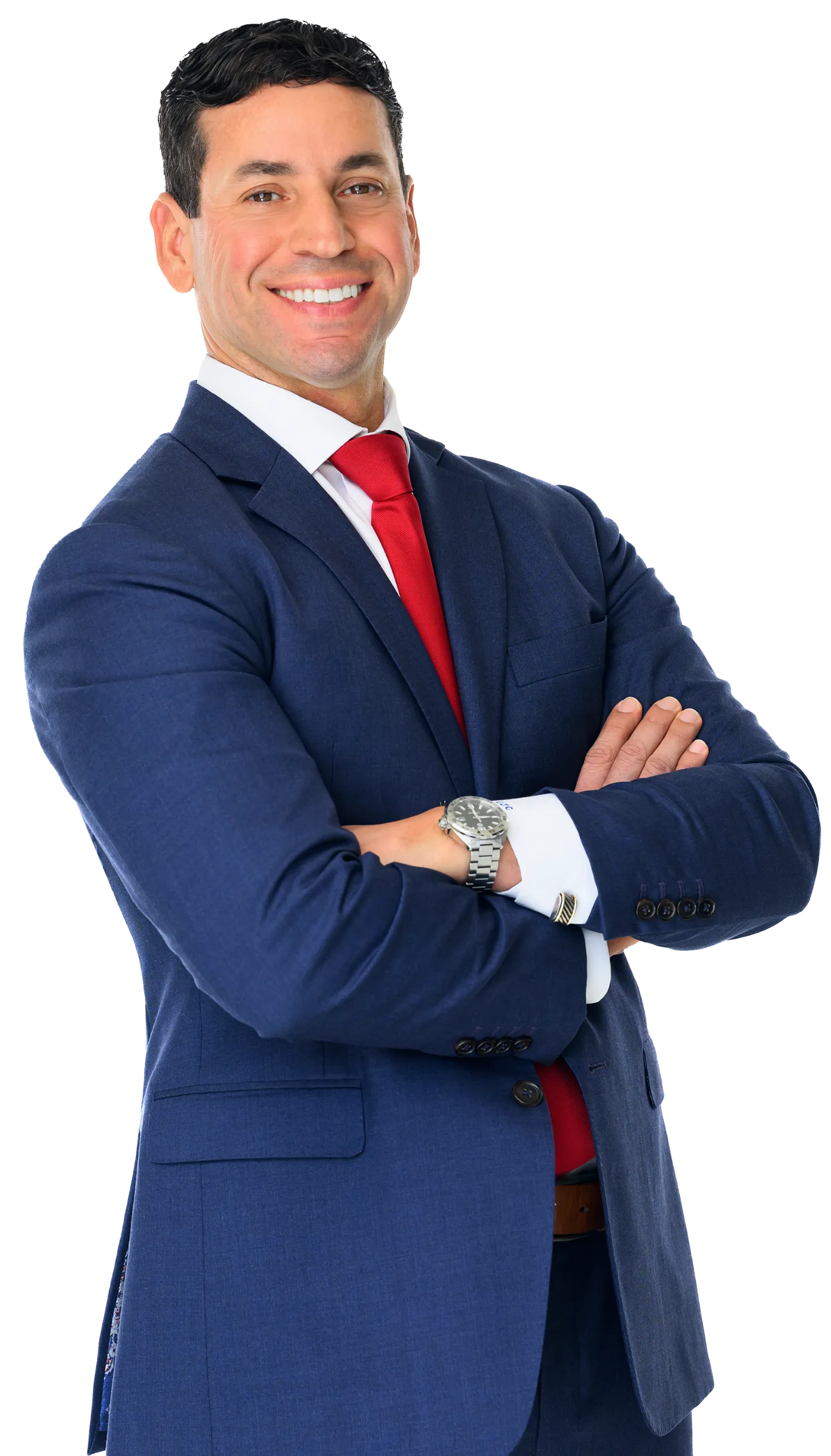Louisiana knows how to gather around a grill. On warm weekends, at tailgates, and during big family get-togethers, folks fire up the pit and throw on thick T-bone steaks. The smell is familiar and the name is part of our culture.
But that same word also describes one of the most dangerous crashes on Louisiana roads. This matters because T-bone crashes leave many families in Baton Rouge, Ascension Parish, New Orleans, and across the state dealing with serious injuries, long recoveries, and expensive medical bills. Local firms such as Chris Corzo Injury Attorneys have handled these cases often and have recovered more than 2.2 million dollars for a T-bone car wreck in Louisiana, which shows how severe these crashes can be.

What a T-Bone Crash Is
A T-bone crash happens when the front of one vehicle hits the side of another at a right angle. From above, the cars form a T shape, just like the bone in a T-bone steak.
This type of crash is dangerous because the side of a car has less structure to absorb force. When a vehicle is struck there, the impact reaches the people inside quickly and directly.
Related: How Long Before Injuries Appear After a Car Crash
How Often This Happens in Louisiana
Louisiana recorded 652 fatal crashes and 699 deaths in 2024. Safety groups and Louisiana accident attorneys continue to warn that side-impact crashes, including T-bone collisions, make up a meaningful share of deadly wrecks.
While Louisiana does not publish an exact count, the pattern shows these crashes happen often in traffic-heavy areas such as Baton Rouge, Gonzales, Prairieville, Lafayette, and New Orleans. Intersections in these regions see daily crossing traffic, making T-bone crashes a constant concern.
Related: Fall Back Changes Driving in Louisiana
T-bone, Sideswipe, or Rear-end?
T-bone crashes are more dangerous than rear-end or sideswipe wrecks. In a rear-end crash, the strongest parts of the car absorb much of the force. In a sideswipe, vehicles often slide against each other, which usually causes lighter damage.
A T-bone hit strikes the door area where there is little protection. Even a moderate-speed crash can cause major injuries because the impact reaches the body quickly and directly, whether it happens in an intersection or a roundabout.

Common Injuries After a T-Bone Crash
The injuries from a T-bone crash can be severe. Many Louisiana drivers report neck and back injuries such as whiplash or herniated discs that make movement painful.
Head injuries are common, especially in vehicles without side airbags. These can range from mild concussions to serious brain injuries.
Strong impacts may also cause internal injuries, including organ damage or internal bleeding that needs immediate medical care. Broken ribs, arms, and legs are also frequent because the impact comes through the side of the car.
Many people struggle with emotional injuries after a crash. Anxiety, depression, and panic attacks are common. Some develop PTSD, which can last long after the physical injuries heal. These emotional injuries often appear in the most serious wrecks.
Related: How A Car Wreck Lawyer Helps Your Claim
Who Is at Fault in a T-Bone Crash
Fault in a T-bone crash is not always clear. It depends on who had the right of way and whether each driver used reasonable care under Louisiana law.
Drivers must stop or yield at intersections, even when signs are missing. If someone drives through a four-way stop out of turn and causes a collision, they are generally at fault.
At intersections with lights, the driver with the green light has the right of way. But caution is still necessary near hills, curves, or poorly designed intersections. Sometimes both drivers share blame because of weather, speeding, or ignoring road conditions.
If a traffic light malfunctions, police reports, dash cam videos, and witness statements often help determine who was responsible. Many Louisiana drivers online echo the same advice. The turning driver is blamed most often. Dash cams help. Injuries may show up later. Documentation can make or break an insurance dispute.
Where T-Bone Crashes Usually Happen
Most T-bone crashes happen at intersections across Louisiana. These include busy city avenues, major highways, small neighborhood cross streets, and rural intersections with stop signs.
Running a red light, rolling through a stop sign, or pulling out without checking traffic are common causes. T-bone crashes also happen at interstate exit ramps where drivers cross or merge.
Roundabouts rarely see T-bone crashes because their design keeps vehicles moving in the same direction instead of crossing sharply.
Related: New Roundabouts in Ascension Parish
Tips for Preventing T-Bone Collisions
Louisiana drivers can reduce T-bone crashes by using simple safe-driving habits.
Follow traffic signals, avoid rushing through yellow lights, and slow down at busy intersections in Baton Rouge or New Orleans. Defensive driving helps too. Ease off the gas as you approach intersections and be ready for another driver to make a mistake, especially on roads like Airline Highway, Jefferson Highway, or interstate exits.
Adjust for weather conditions by reducing speed on wet or foggy roads and giving yourself more stopping distance. Keep your vehicle in good shape with strong brakes, good tires, and working lights. Most importantly, stay focused. Avoid texting, eating, or anything that pulls your attention from the road. A few seconds of distraction can lead to a dangerous T-bone crash.
Compensation and Damages After a T-Bone Accident
Louisiana drivers injured in a T-bone crash can pursue compensation through a personal injury claim. These claims cover economic damages such as medical bills, lost wages, property repairs, and long-term costs like physical therapy or reduced earning ability.
They also include noneconomic damages such as pain and suffering, emotional distress, and loss of enjoyment, which are harder to measure but often significant after a serious wreck. Make sure your car wreck lawyer is not only experienced but also puts your interests above all else.

Staying Safe on Louisiana Roads
Understanding T-bone crashes helps Louisiana drivers make safer choices. Slowing down at intersections, checking both directions before crossing, and watching for distracted or speeding drivers can reduce the risk.
Grilling a T-bone steak brings people together. Learning about the road version of a T-bone helps protect your family each time you drive Louisiana’s busy streets, highways, and intersections.
If you or someone you love is hurt in a T-bone, Call Corzo at (225) 351-0459 because help, respect, and justice are only one call away.
